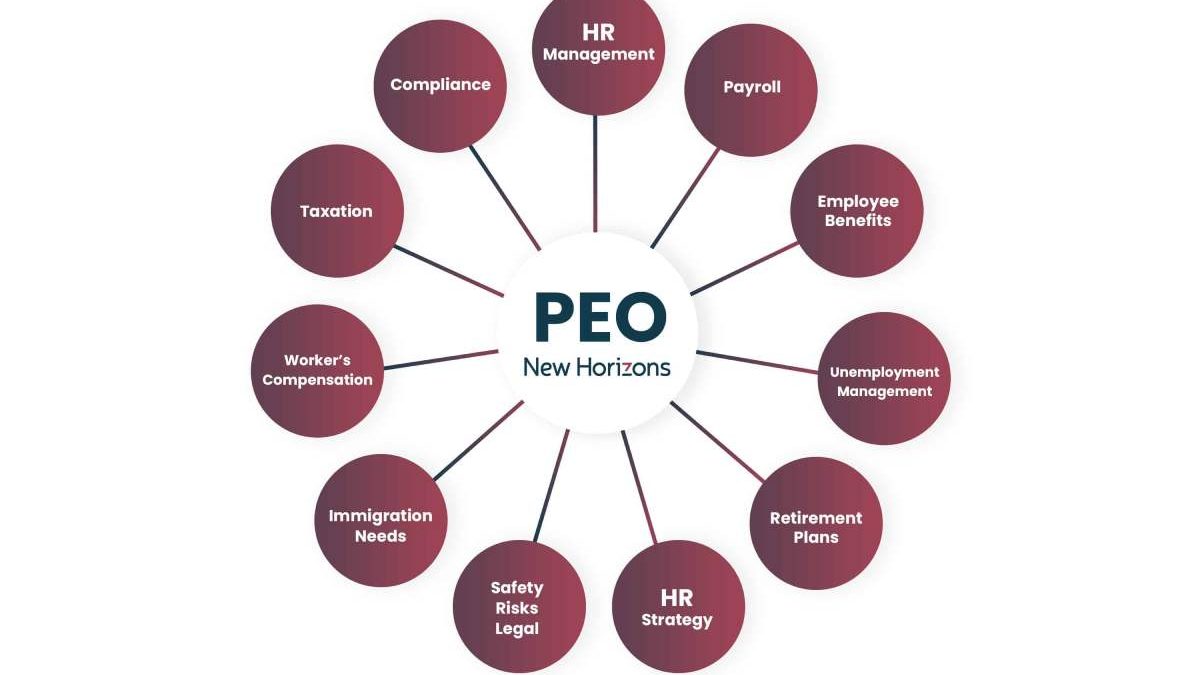Table of Contents
What is an example of a Professional Employer Organization?
Professional Employment Organization, PEO process
The PEO then becomes the employer of record for tax purposes, and the client company continues to direct the employees’ day-to-day activities. PEOs charge a service fee ranging from 3 to 15% of the total gross payroll. A great example of a professional employer organization is New Horizons Global Partners and HR One.
Also read: Coinbase Pro Trading is Disabled
What Remains the Determination of the PEO?
A professional employer organization (PEO) is an organization that enters into a cooperative working relationship with an employer by leasing employees to the employer, which allows the PEO to share and manage many responsibilities and obligations related to the employer. Employees.
What is a PEO? What are Your Advantages and Disadvantages?
A professional employer organization (PEO) is an organization that enters into a cooperative working relationship with an employer by leasing employees to the employer, which allows the PEO to share and manage many responsibilities and obligations related to the employer. For example, employees. This will enable employers to outsource their human resource functions, such as employee benefits: compensation and payroll administration, workers’ compensation, and employment taxes.
PEOs often act as professional employers for their client’s employees. The client company reports their wages using the PEO’s Federal Employer Identification Number (FEIN), and the employee’s responsibility passes to the PEO. Employers gain economies of scale through having more benefit options, sometimes at lower rates.
Depending On the PEO and the Contract,
Some or all of the HR functions may remain outsourced. An administrative services outsourcing (ASO) agreement delivers options for companies that remain not interested in co-employment but want some of the benefits of outsourcing.
Also read: Shadow Trading
There can Remain Significant Advantages to a PEO,
Especially for a small employer who may not have the breadth of human resources experience, systems capabilities for functions like payroll and HRIS, or the time and resources available to focus on many positions. Human resource transactions.
Burdens that a PEO Can Relieve From Human Resources Include the Following:
- Benefits administration.
- Recruitment and hiring.
- Administration of payroll.
- Unemployment administration.
- Workers’ compensation administration.
- Compliance assistance.
- Drug testing programs.
- Administration of the Family and Medical Leave Performance.
Some of the Disadvantages May Comprise the Following:
- Loss of control of vital processes and people.
- The influence of an outside company on your culture.
- Decrease in the value of the internal human resources department.
- Lack of control and safety over employee paperwork.
- A loss of official knowledge.
- Security problems with the provider’s system.
- Employee resistance.
How Does a PEO Make Money?
Suppose you’re considering working with a PEO (professional employer organization). You may be wondering how their fees work and how they make money. At NetPEO, we can’t speak for all PEOs, but we understand the industry and know which practices are the most common.
First, Some Background: Professional Employment Organization
PEOs remain different from insurance brokers. While both types of businesses can help your business obtain insurance for your employees. And both can save you money. However, PEOs offer a much stronger arrangement. Instead of simply helping you find an insurance plan, they will add your workers to the group of employees they represent, coming to the bargaining table for you as if you were a much larger organization. That means you get the benefits of insurance plans at substantial discounts.
Conclusion
A professional employer organization (PEO) is an organization that enters into a joint-employment relationship with an employer by leasing employees to the employer, thereby allowing the PEO to share and manage many employee-related responsibilities and liabilities.
Also read: 28 Degrees Celsius to Fahrenheit

